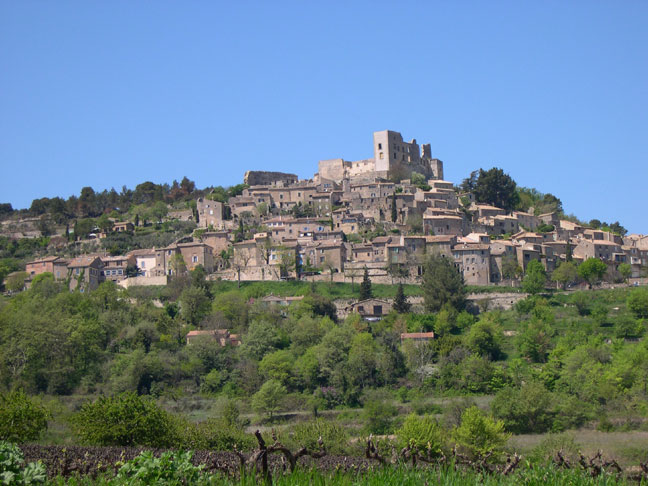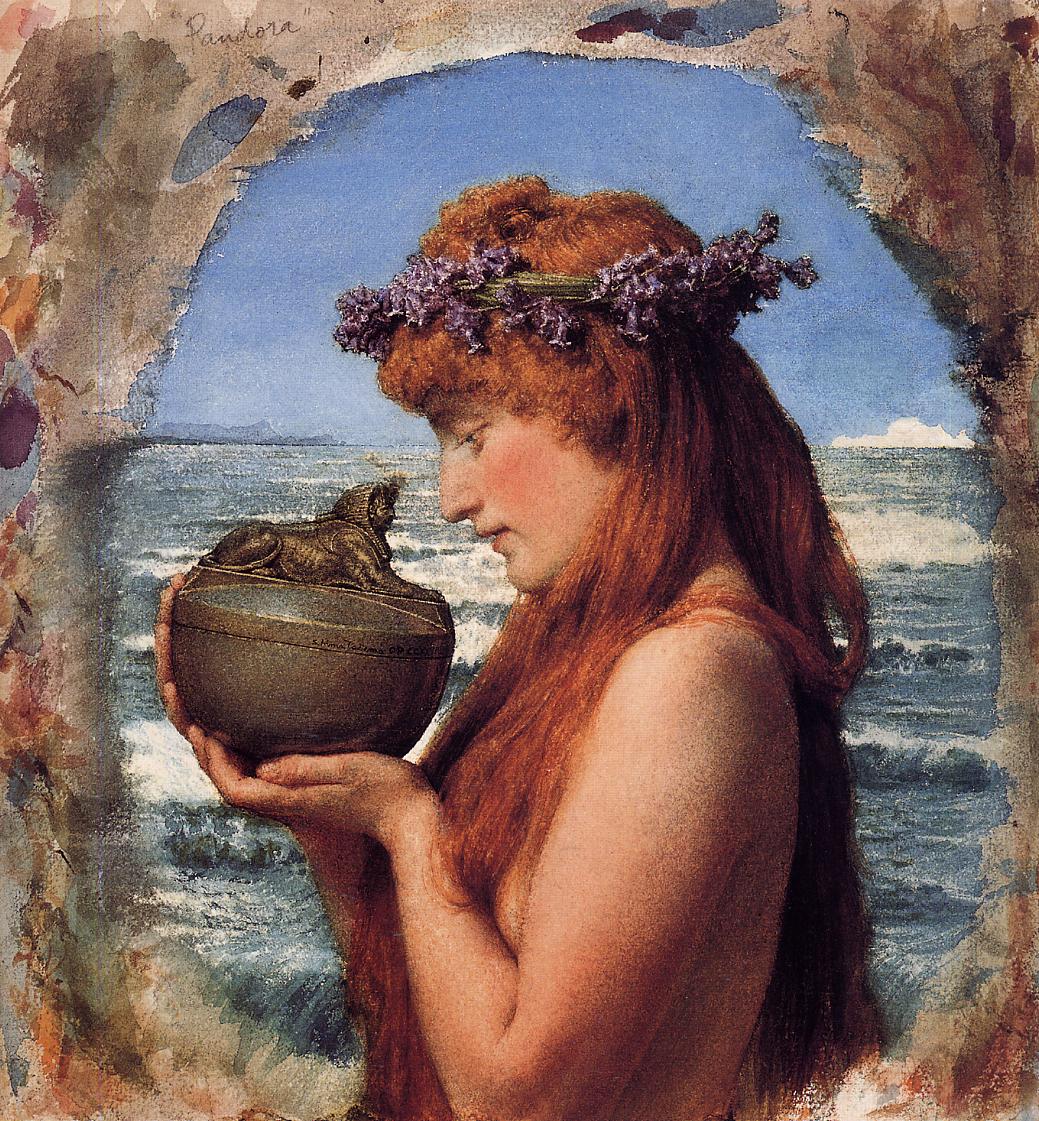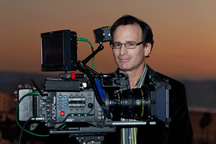|
Babalon AD (So Glad For The Madness)
''Babalon A.D. (So Glad for the Madness)'' is a DVD single by Cradle of Filth, released on 3 March 2003 by record label Sony. It reached number 35 in the UK Singles Chart. Content Babalon is not a misspelling of Babylon, but refers to the "Scarlet Woman", "Great Mother" or "Mother of Abominations" from Aleister Crowley's mystical system ("Mother of Abominations" is also the name of track 13 on Cradle's ''Nymphetamine'' album). Music video The video is an homage to Pier Paolo Pasolini's famous final film ''Salò, or the 120 Days of Sodom'', based on the Marquis de Sade's The 120 Days of Sodom, novel. The video begins with a closeup of Dani Filth's face hidden in the shadows. The camera cuts to a young maid in a restroom who notices a digital camcorder, sits down in a toilet stall and looks at the camera for any footage present. The video on the camcorder shows the Cradle of Filth band members in something like an empty dance hall, sharply dressed, systematically abusing an ... [...More Info...] [...Related Items...] OR: [Wikipedia] [Google] [Baidu] |
Cradle Of Filth
Cradle of Filth are an English extreme metal band formed in Suffolk in 1991. The band's musical style evolved originally from black metal to a cleaner and more "produced" amalgam of gothic metal, symphonic metal and other metal genres. Their lyrical themes and imagery are heavily influenced by Gothic literature, poetry, mythology and horror films. The band consists of its founding member, vocalist Dani Filth, drummer Martin Marthus Škaroupka, Martin 'Marthus' Škaroupka, bassist Daniel Firth, guitarists Marek 'Ashok' Šmerda and Donny Burbage, and keyboardist Zoe Marie Federoff. The band has broken free from its original niche by courting mainstream publicity. This increased accessibility has brought coverage from the likes of ''Kerrang!'' and MTV, along with frequent main stage appearances at major festivals such as Ozzfest, Download Festival, Download and even the mainstream Sziget Festival. They have sometimes been perceived as Satanism, Satanic by casual observers, even tho ... [...More Info...] [...Related Items...] OR: [Wikipedia] [Google] [Baidu] |
Marquis De Sade
Donatien Alphonse François, Marquis de Sade (; 2 June 1740 – 2 December 1814), was a French nobleman, revolutionary politician, philosopher and writer famous for his literary depictions of a libertine sexuality as well as numerous accusations of sex crimes. His works include novels, short stories, plays, dialogues, and political tracts. In his lifetime some of these were published under his own name while others, which Sade denied having written, appeared anonymously. Sade is best known for his erotic works, which combined philosophical discourse with pornography, depicting sexual fantasies with an emphasis on violence, suffering, anal sex (which he calls sodomy), child rape, crime, and blasphemy against Christianity. Many of the characters in his works are teenagers or adolescents. His work is a depiction of extreme absolute freedom, unrestrained by morality, religion, or law. The words ''sadism'' and '' sadist'' are derived from his name in reference to the works of f ... [...More Info...] [...Related Items...] OR: [Wikipedia] [Google] [Baidu] |
Cradle Of Filth Songs
Cradle may refer to: * Cradle (bed) * Bassinet A bassinet, bassinette, or cradle is a bed specifically for babies from birth to about four months. Bassinets are generally designed to work with fixed legs or caster wheels, while cradles are generally designed to provide a rocking or glidi ..., a small bed, often on rockers, in which babies and small children sleep Mechanical devices * Cradle (circus act), or aerial cradle or casting cradle used in an aerial circus act * Cradling (paintings), an art restoration technique to stabilise a painting on panel * Docking station, also known as a cradle for the connection of a mobile device * Ship cradle, for supporting a ship when dry docked * Grain cradle, an addition to the agricultural scythe to keep the grain stems aligned when mowing * Newton's cradle, a device that demonstrates conservation of momentum and energy via a series of swinging spheres * Rocker box, also known as a cradle used in mining to separate gold from alluvium ... [...More Info...] [...Related Items...] OR: [Wikipedia] [Google] [Baidu] |
2003 Video Albums
3 (three) is a number, numeral and digit. It is the natural number following 2 and preceding 4, and is the smallest odd prime number and the only prime preceding a square number. It has religious or cultural significance in many societies. Evolution of the Arabic digit The use of three lines to denote the number 3 occurred in many writing systems, including some (like Roman and Chinese numerals) that are still in use. That was also the original representation of 3 in the Brahmic (Indian) numerical notation, its earliest forms aligned vertically. However, during the Gupta Empire the sign was modified by the addition of a curve on each line. The Nāgarī script rotated the lines clockwise, so they appeared horizontally, and ended each line with a short downward stroke on the right. In cursive script, the three strokes were eventually connected to form a glyph resembling a with an additional stroke at the bottom: ३. The Indian digits spread to the Caliphate in the 9th ... [...More Info...] [...Related Items...] OR: [Wikipedia] [Google] [Baidu] |
Cradle Of Filth Video Albums
Cradle may refer to: * Cradle (bed) * Bassinet, a small bed, often on rockers, in which babies and small children sleep Mechanical devices * Cradle (circus act), or aerial cradle or casting cradle used in an aerial circus act * Cradling (paintings), an art restoration technique to stabilise a painting on panel * Docking station, also known as a cradle for the connection of a mobile device * Ship cradle, for supporting a ship when dry docked * Grain cradle, an addition to the agricultural scythe to keep the grain stems aligned when mowing * Newton's cradle, a device that demonstrates conservation of momentum and energy via a series of swinging spheres * Rocker box, also known as a cradle used in mining to separate gold from alluvium * Suspended cradle, a platform for accessing the exterior of buildings, used by among others window cleaners * Slip catching cradle. a device used by cricketers to practice taking catches A metaphor for humanity's origins * Cradle of Humankind, a Worl ... [...More Info...] [...Related Items...] OR: [Wikipedia] [Google] [Baidu] |
Pandora's Box
Pandora's box is an artifact in Greek mythology connected with the myth of Pandora in Hesiod's c. 700 B.C. poem ''Works and Days''. Hesiod reported that curiosity led her to open a container left in the care of her husband, thus releasing physical and emotional curses upon mankind. Later depictions of the story have been varied, while some literary and artistic treatments have focused more on the contents than on Pandora herself. The container mentioned in the original account was actually a large storage jar, but the word was later mistranslated. In modern times an idiom has grown from the story meaning "Any source of great and unexpected troubles", or alternatively "A present which seems valuable but which in reality is a curse". In mythology According to Hesiod, when Prometheus stole fire from heaven, Zeus, the king of the gods, took vengeance by presenting Pandora to Prometheus' brother Epimetheus. Pandora opened a jar left in her care containing sickness, death and many ... [...More Info...] [...Related Items...] OR: [Wikipedia] [Google] [Baidu] |
Clapperboard
A clapperboard (also known by various other names including dumb slate) is a device used in filmmaking and video production to assist in synchronizing of picture and sound, and to designate and mark the various scenes and takes as they are filmed and audio-recorded. It is operated by the clapper loader. When sound and picture are out of synchronization, there is a lip flap occurring. History In the silent era the principal requirement of film stock identification during a day's shoot was the slate. The clapper as two sticks hinged together was invented by F. W. Thring (father of actor Frank Thring), who later became head of Efftee Studios in Melbourne, Australia. The clapboard with both the sticks and slate together was a refinement of Leon M. Leon (1903–1998) a pioneer sound engineer. Description The clapperboard combines a chalkboard slate or acrylic board with a set of clapper sticks across the top. The slate displays the name of the production, the scene and "take" a ... [...More Info...] [...Related Items...] OR: [Wikipedia] [Google] [Baidu] |
Libertine
A libertine is a person devoid of most moral principles, a sense of responsibility, or sexual restraints, which they see as unnecessary or undesirable, and is especially someone who ignores or even spurns accepted morals and forms of behaviour observed by the larger society. Libertinism is described as an extreme form of hedonism. Libertines put value on physical pleasures, meaning those experienced through the senses. As a philosophy, libertinism gained new-found adherents in the 17th, 18th, and 19th centuries, particularly in France and Great Britain. Notable among these were John Wilmot, 2nd Earl of Rochester, and the Marquis de Sade. History of the term The word ''libertine'' was originally coined by John Calvin to negatively describe opponents of his policies in Geneva, Switzerland. This group, led by Ami Perrin, argued against Calvin's "insistence that church discipline should be enforced uniformly against all members of Genevan society". Perrin and his allies were electe ... [...More Info...] [...Related Items...] OR: [Wikipedia] [Google] [Baidu] |
Megaphone
A megaphone, speaking-trumpet, bullhorn, blowhorn, or loudhailer is usually a portable or hand-held, cone-shaped acoustic horn used to amplify a person's voice or other sounds and direct it in a given direction. The sound is introduced into the narrow end of the megaphone, by holding it up to the face and speaking into it, and the sound waves radiate out the wide end. A megaphone increases the volume of sound by increasing the acoustic impedance seen by the vocal cords, matching the impedance of the vocal cords to the air, so that more sound power is radiated. It also serves to direct the sound waves in the direction the horn is pointing. It somewhat distorts the sound of the voice because the frequency response of the megaphone is greater at higher sound frequencies. Since the 1960s the voice-powered ''acoustic megaphone'' described above has been replaced by the ''electric megaphone'', which uses a microphone, an electrically-powered amplifier and a folded horn loudsp ... [...More Info...] [...Related Items...] OR: [Wikipedia] [Google] [Baidu] |
Footage
In filmmaking and video production, footage is raw, unedited material as originally filmed by a movie camera or recorded by a ( often special) video camera, which typically must be edited to create a motion picture, video clip, television show or similar completed work. Footage may also refer to sequences used in film and video editing, such as special effects and archive material (for special cases of this, see stock footage and B roll). Since the term originates in film, footage is only used for recorded images, such as film stock, videotapes or digitized clips – on live television, the signals from video cameras are instead called ''sources''. History The origin of the term "footage" is that early 35 mm silent film has traditionally been measured in feet and frames; the fact that film was measured by length in cutting rooms, and that there are 16 frames ( 4-perf film format) in a foot of 35 mm film which roughly represented 1 second of screen time ( frame rate) in s ... [...More Info...] [...Related Items...] OR: [Wikipedia] [Google] [Baidu] |
Camcorder
A camcorder is a self-contained portable electronic device with video and recording as its primary function. It is typically equipped with an articulating screen mounted on the left side, a belt to facilitate holding on the right side, hot-swappable battery facing towards the user, hot-swappable recording media, and an internally contained quiet optical zoom lens. The earliest camcorders were tape-based, recording analog signals onto videotape cassettes. In 2006, digital recording became the norm, with tape replaced by storage media such as mini-HD, microDVD, internal flash memory and SD cards. More recent devices capable of recording video are camera phones and digital cameras primarily intended for still pictures, whereas dedicated camcorders are often equipped with more functions and interfaces than more common cameras, such as an internal optical zoom lens that is able to operate silently with no throttled speed, whereas cameras with protracting zoom lenses commonly thro ... [...More Info...] [...Related Items...] OR: [Wikipedia] [Google] [Baidu] |
Maid
A maid, or housemaid or maidservant, is a female domestic worker. In the Victorian era domestic service was the second largest category of employment in England and Wales, after agricultural work. In developed Western nations, full-time maids are now only found in the wealthiest households. In other parts of the world, maids remain common in urban middle-class households. "Maid" in Middle English meant an unmarried woman, especially a young one, or specifically a virgin. These meanings lived on in English until recent times (and are still familiar from literature and folk music), alongside the sense of the word as a type of servant. Description In the contemporary Western world, comparatively few households can afford live-in domestic help, usually relying on cleaners, employed directly or through an agency (Maid service). Today a single maid may be the only domestic worker that upper-middle class households employ, as was historically the case. In less developed nations, v ... [...More Info...] [...Related Items...] OR: [Wikipedia] [Google] [Baidu] |


.jpg)


